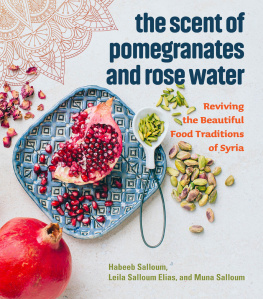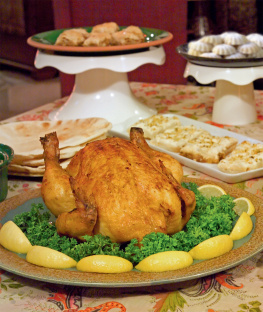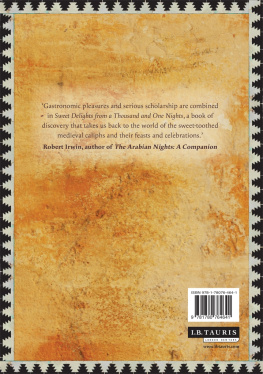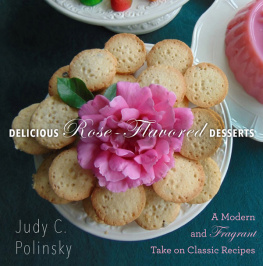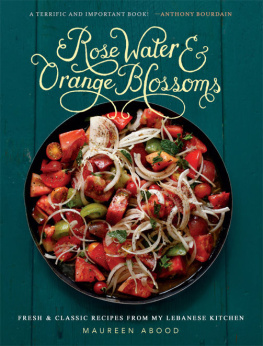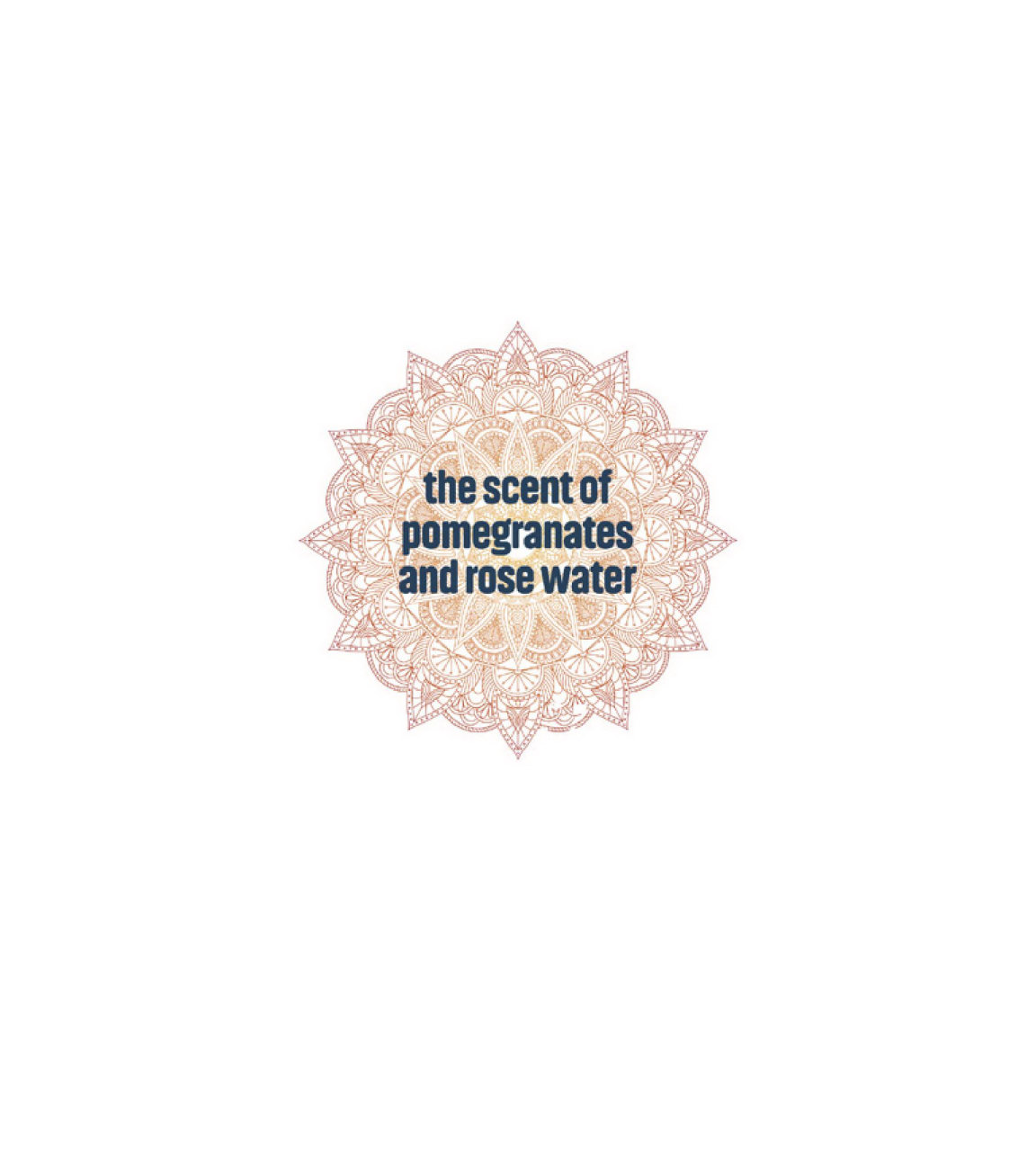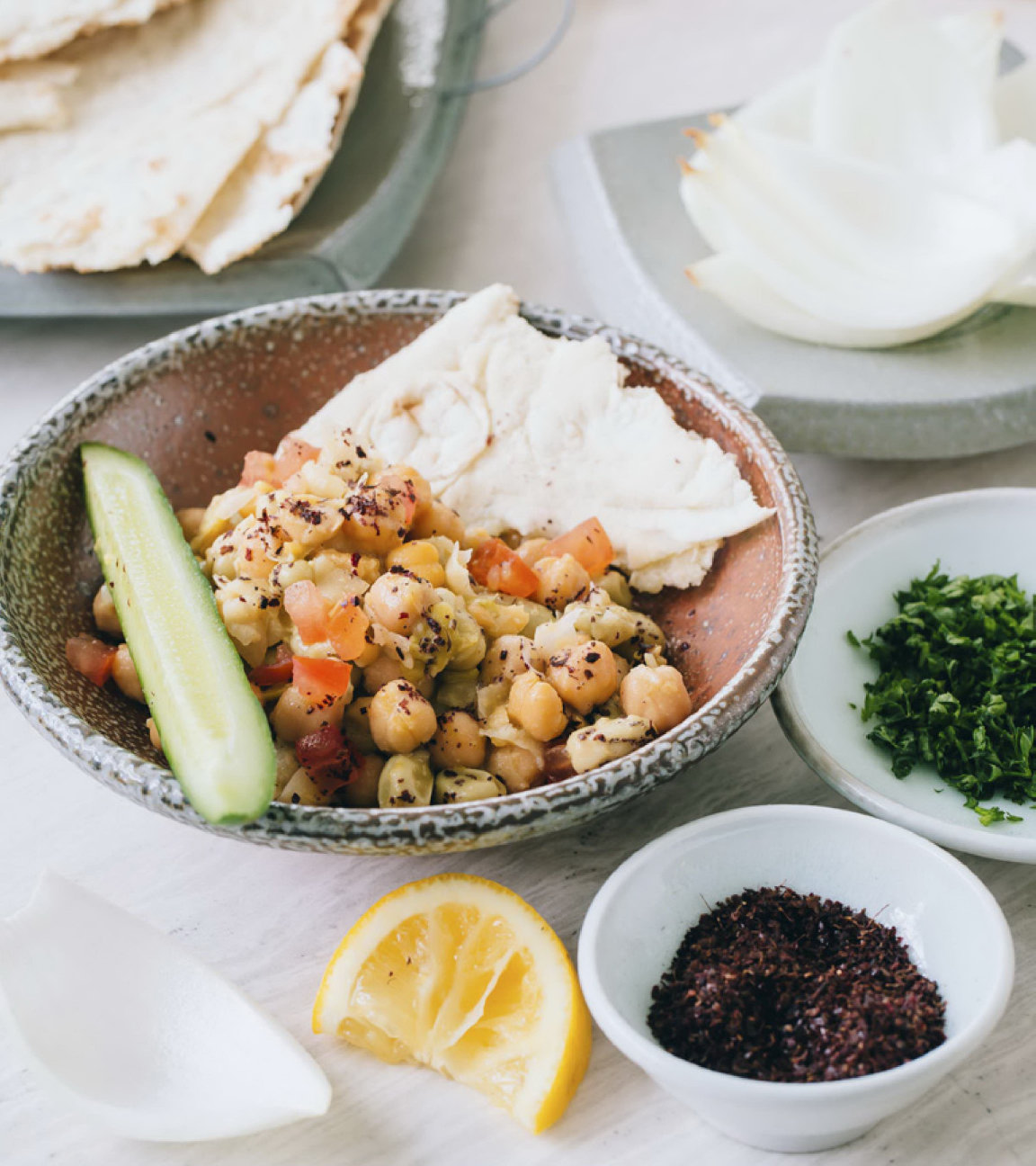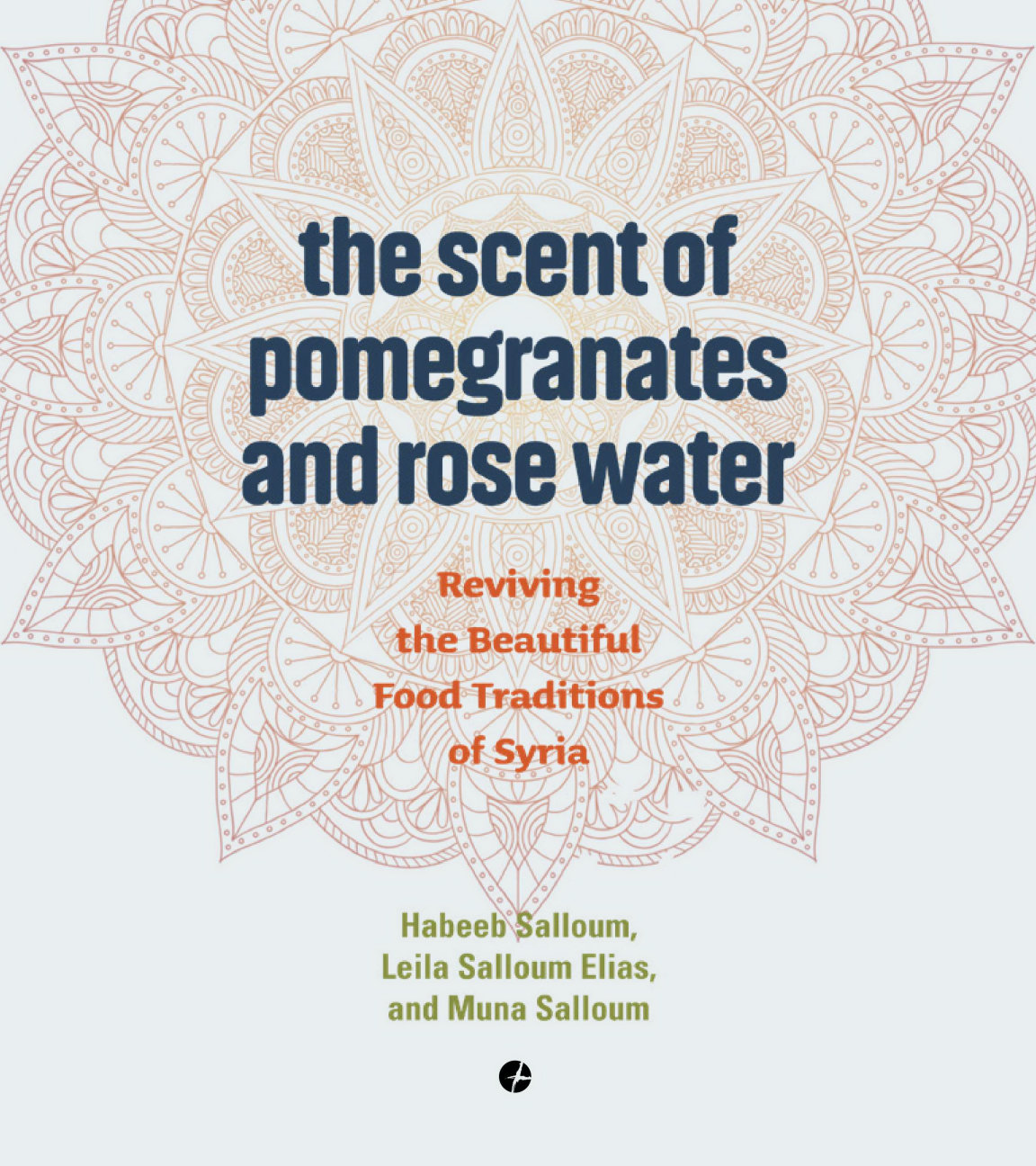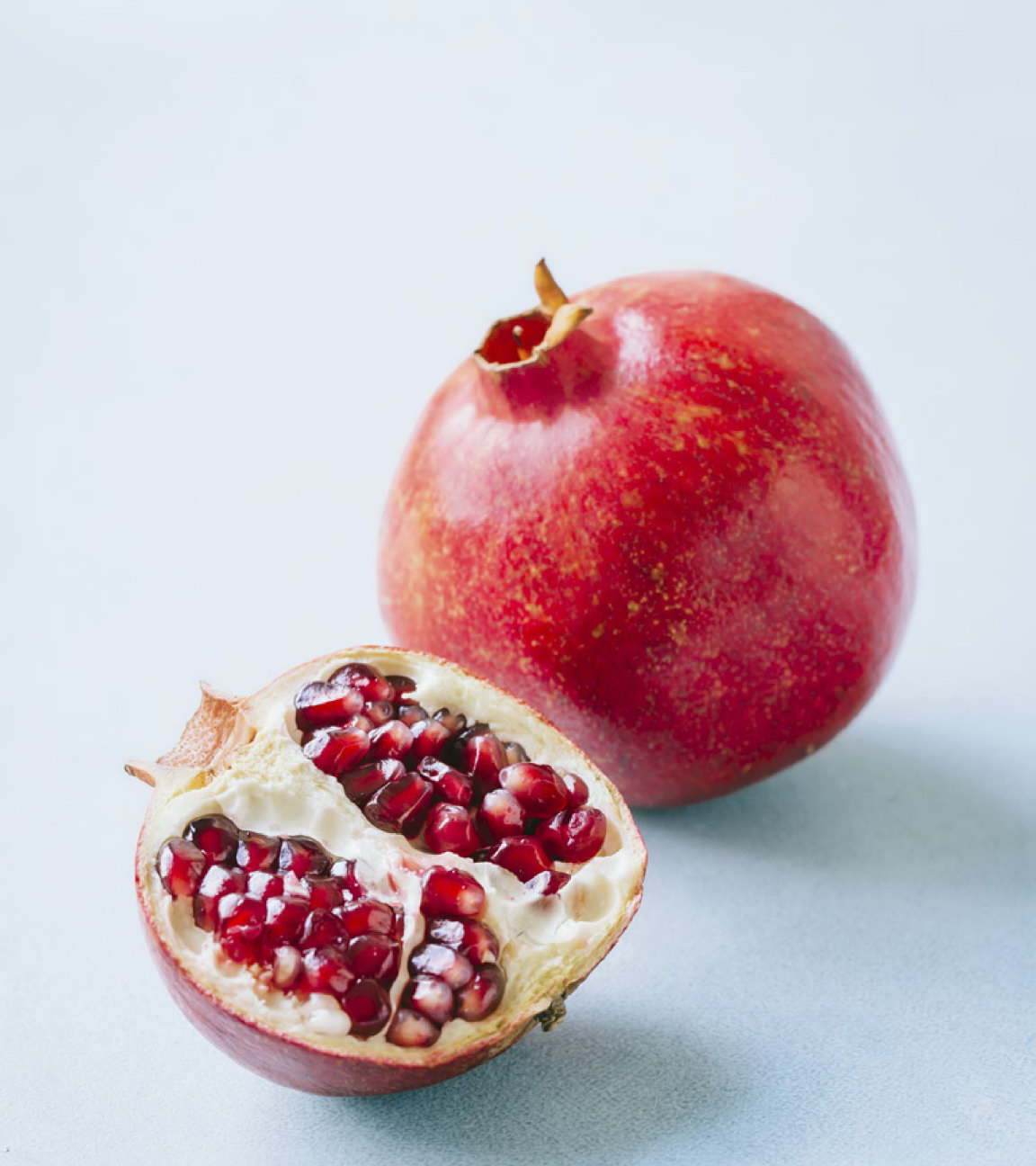THE SCENT OF POMEGRANATES AND ROSE WATER
Copyright 2018 by Habeeb Salloum, Leila Salloum Elias, and Muna Salloum
All rights reserved. No part of this book may be reproduced in any part by any meansgraphic, electronic, or mechanicalwithout the prior written permission of the publisher, except by a reviewer, who may use brief excerpts in a review, or in the case of photo- copying in Canada, a license from Access Copyright.
ARSENAL PULP PRESS
Suite 202 211 East Georgia St. Vancouver, BC V6A 1Z6 Canada arsenalpulp.com
The publisher gratefully acknowledges the support of the Government of Canada and the Government of British Columbia (through the Book Publishing Tax Credit Program), for its publishing activities.
Arsenal Pulp Press acknowledges the xmkm (Musqueam), S kwx w7mesh (Squamish), and silwta (Tsleil-Waututh) Nations, speakers of Hulquminum/Halqemylem/hmi and custodians of the traditional, ancestral, and unceded territo- ries where our oce is located. We pay respect to their histories, traditions, and continuous living cultures and commit to account - ability, respectful relations, and friendship.
The author and publisher assert that the information contained in this book is true and complete to the best of their knowledge. All recommendations are made without the guarantee on the part of the author and publisher. The author and publisher disclaim any liability in connection with the use of this information. For more information, contact the publisher.
Design by Oliver McPartlin
Arabesque decoration designed by Freepik Photography by Tracey Kusiewicz/Foodie Photography (FB: Foodie Photography; IG & TW: @foodie_photo) Food styling by Tracey Kusiewicz and Carol Jensson Props styling by Tracey Kusiewicz Ceramics provided by Jackie Frioud, Nima Stoneware, Gailan Ngan, Hide Ceramic Works
Editing by Shirarose Wilensky
Copy editing by Anumeha Gokhale Proofreading by Alison Strobel
Printed and bound in Canada
Library and Archives Canada Cataloguing in Publication:
Salloum, Habeeb, 1924, author The scent of pomegranates and rose water : reviving the beautiful food traditions of Syria / Habeeb Salloum, Leila Salloum Elias, Muna Salloum. Issued in print and electronic formats.
ISBN 978-1-55152-742-0 (hardcover).ISBN 978-1-55152-743-7 (PDF)
1. Cooking, Syrian. 2. Cooking, SyrianHistory. 3. CookingSyria History. 4. Cookbooks. I. Elias, Leila Salloum, author II. Salloum, Muna, author III. Title.
TX725.S9S25 2018 641.595691 C2018-901949-2
C2018-901950-6

A Brief History
of Syrian Cuisine
Habeeb Salloum Leila Salloum Elias
Muna Salloum
The culina ry ar t of the Greater Sy ria re gion, the a rea k now n in A rabi c as bilaad al-shaam, whic h today enc ompass es Syr ia, Le banon, Jordan , and Pale stine, took shape cent ury aft er centu ry , a s cu ltu re a fte r cul tur e owed th roug h t he M idd le E ast. From th e mi sty days of ea rly c ivili zati ons u ntil our t imes, Hit tit es, Ak kad ians, Assyr ians, Eblait es, Egy ptian s, Pe rsians , Greek s, Ro mans, Armen ians, Byzan tin es, Ott omans , and mo dern Eu rope ans all left tra ces of t heir foods . Diverse eth nici ties such as Ar abs, Assyrian s, Ku rds, Arme nians , Ya zidi s, th e Syri ac-spea king peoples , and relig ious group s such as Musl ims, Christ ians, Jews, and Y az idis, have al l con trib uted to t he de pth a nd r ich- ness of Sy rian c uisin e.
e cui sine of Greater Sy ria re ached it s epit ome af ter the t urn of 7th centu ry , d urin g the Um ayyad and A bbasid d ynastie s, when the A rab-I slamic Empire reached its z enit h. e gre at cosmopo lita n cit ies o f the e mpire b ecame centers for the d evelopment of the culinary art s. Ar abic cook ing manu als origi nati ng in Baghd ad, Al eppo, Da mascus, Cair o, Murci a, Gran ada, an d Sev ille provide e videnc e of a gr eat foo d cul tur e. Docu ment s fr om mediev al A rabic manu als of mar ket in spector s ind icat e that nutr itio n and hygie ne went hand in ha nd w ith how peopl e ate, sol d, and regu lated thei r fo od. e or so rec ipes in the e arli est ext ant Ar abic cook book, fr om 10t h-cent ury Baghd ad, gi ve us a wind ow int o the me als of the upper ec helons of socie ty , f rom noble to ca lip h. r ee hun dred year s later , three Arabi c cooki ng man uals from Baghd ad, Al eppo, an d Cai ro, a nd t wo from Mu rcia
8 the scent of pomegran ates and ro se water
(Ar ab Spai n) inclu de recip es sim ilar to the 10t h-cent ury ones, pro ving th e Ar abs broug ht their food wi th t hem wh erever t hey went.
With e xpansi on cam e contac t wit h ne w peop les, ne w idea s, an d new fo ods. So me dishe s were adopte d, some were tran sform ed, an d man y were create d with new i ngred i- ents. One good exam ple is t he pre -Isla mic simple s weet s nack of t he 6 th cen tury cal led hays, whi ch was origi nally made on ly w ith dates, dri ed cu rd, a nd c larie d butt er. By th e 13th c entu ry , i t had ev olved i nto d ates, pista chios , wal nut s, al mond s, an d toas ted sesam e seeds, s prink led with nely grou nd suga r. Wh at helpe d imm ensely in t he ado ption a nd development of new fo ods an d di shes i n mod ern-day Syri a was that Al eppo an d its s ister city Damas cus w ere at th e wester n end of t he Si lk Road, th e path way of tr ade bet ween the Far E ast a nd Eu rope for some 4, years. No less i mport ant was the I ncens e Route , on whic h the perfu mes a nd spic es brough t by sea on Ar ab dhows from the Far E ast a nd I ndia to south ern Ar abia were tran sport ed overla nd. During the p eak o f creat ive de velopment of medi eval Ar ab food cul tur e, the cooks behin d the scenes in t he k itche ns of t he p alac es of the cal iph s an d emi rs, vi ed wit h eac h othe r, devi sing appeti zers ( bawaarid ) and entr es, to swee ts an d bev erages . In t hose great pal aces of the p ast, s cores of kit chen help prepa red lavish feast s an d ban quets. Al thou gh t he e arli est ext ant Ar abic cook book cre dits seve ral calip hs, n obles, mu sician s, ph ysician s, an d cooks all mal efor cer tain fabul ous re cipes, there are o ccasio nal references t o femal e cooks too. For e xampl e, the slave, Bid a, was known for her sou r stew cal led sikbaaj, appeti zers, and u npar alle led swe ets. H er mentor , A rib, was renowned for her own d ishe s, an d even c hastise d a gover nor, at one poin t, for not recogn izing her cu linary ski lls. Wo men cooked , but in a patr iarch al s ociety , m en got the c redit .

